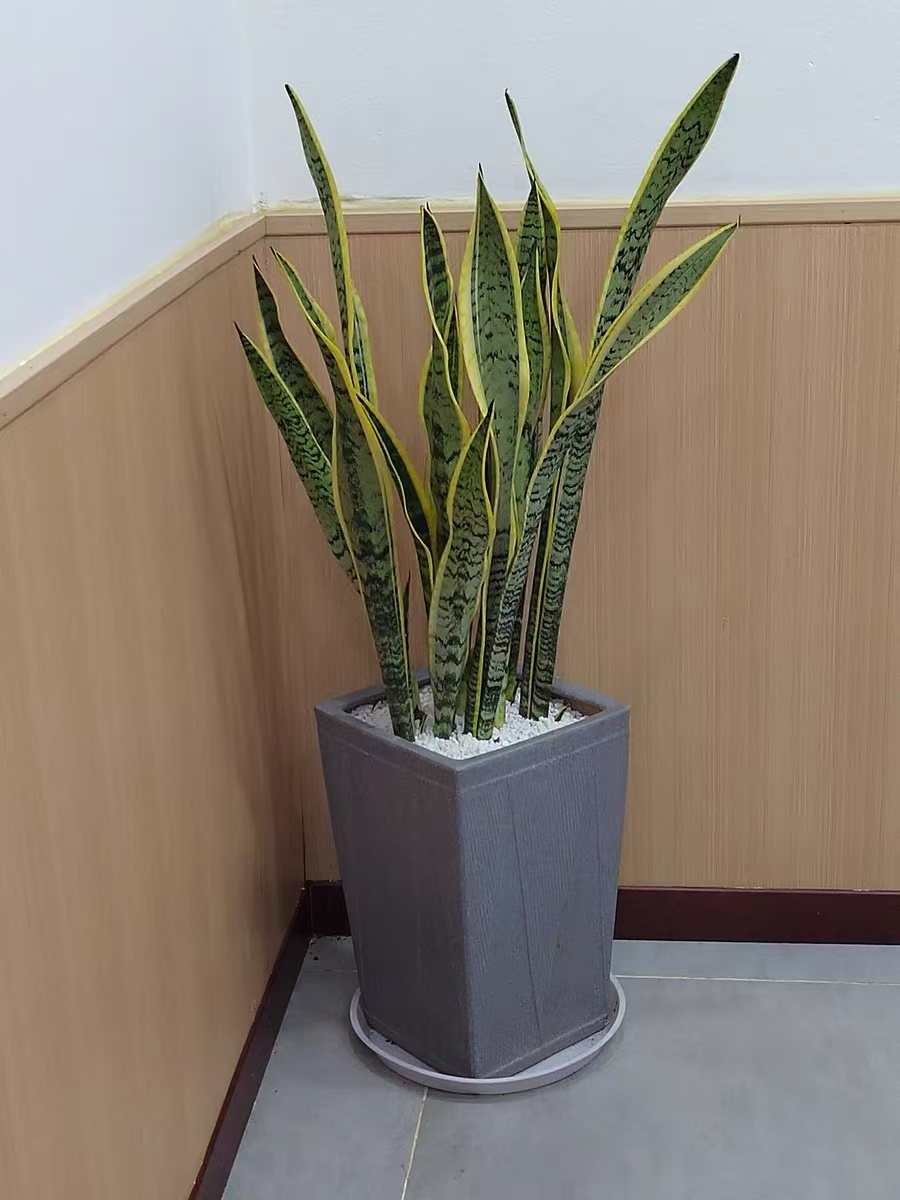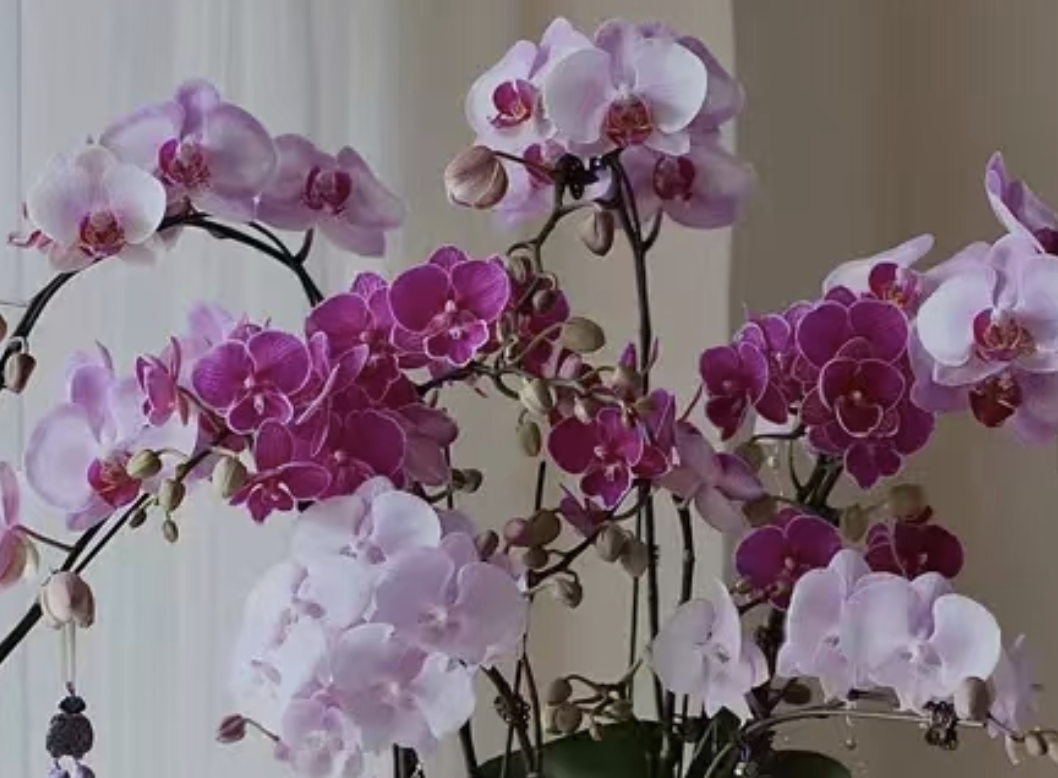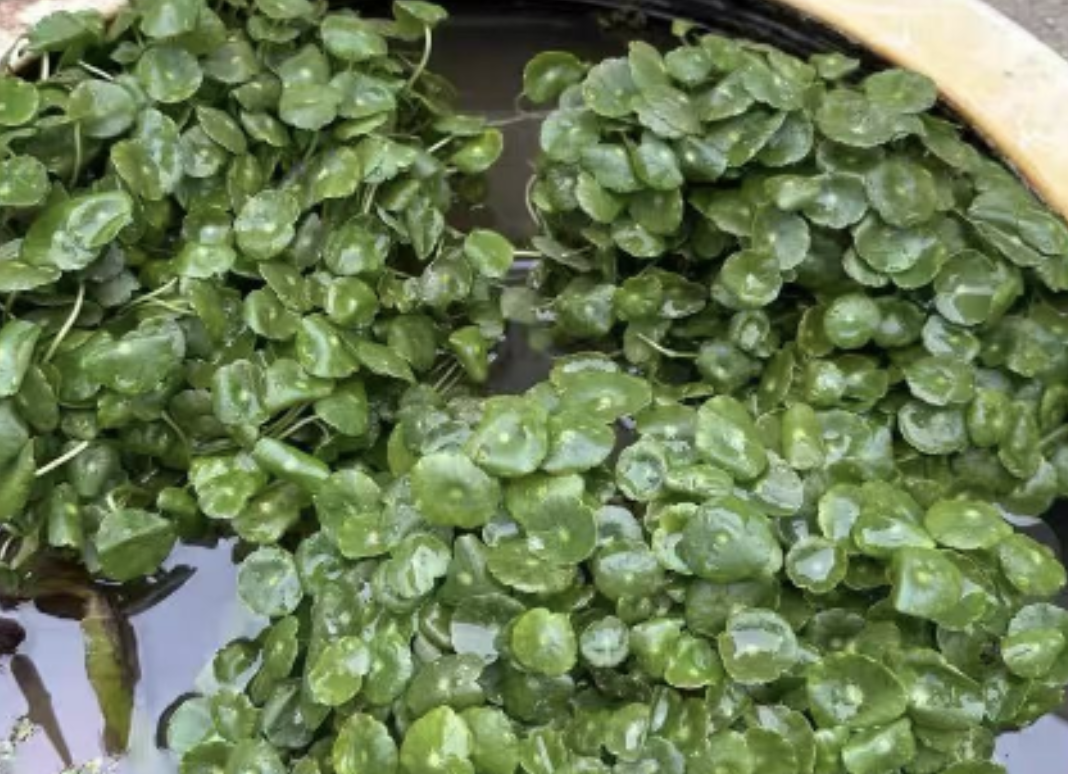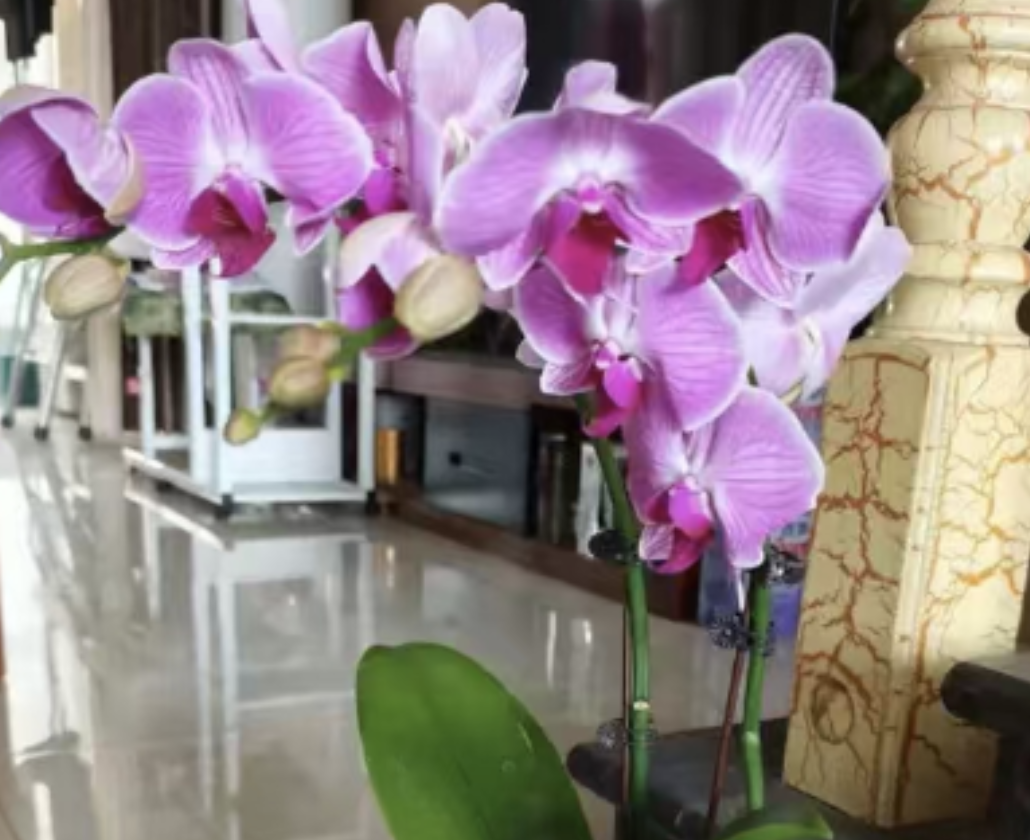In home gardening, choosing the right potting soil and container is crucial for the growth of plants. Especially for those "noble flowers" with unique charm, how to cultivate them reasonably according to their growth habits has become a topic that flower enthusiasts are keen to discuss. Today, let's learn the maintenance secrets of five noble flowers together - they prefer to be "cultivated in a small pot" and can produce flower buds crazily.
Asparagus Fern
Asparagus fern, with its unique pinnate branches and leaves and fresh and refined temperament, is an ideal green plant for study rooms and desks. Its root system is weak and should not be planted too deeply, and it is relatively sensitive to moisture.
Asparagus fern is suitable for being planted in a relatively shallow small flower pot to facilitate controlling the watering amount and avoid root rot caused by water accumulation. Generally, it is recommended to choose a flower pot with a diameter of about 15-20 centimeters and a moderate depth. Use loose, breathable, and well-drained leaf mold soil or peat soil, and appropriately add perlite to increase air permeability. Keep the soil slightly moist and avoid long-term dryness or water accumulation. Each watering should be thorough, and wait until the soil surface is slightly dry before watering again.
Golden-edged Sansevieria
Golden-edged Sansevieria, with its broad leaves and golden edges, has strong adaptability and ornamental value. Its root system is also not suitable for being too deep and is suitable for shallow planting.
Choose a flower pot with a wide diameter and shallow depth to accommodate its laterally growing root system. The diameter can be selected according to the size of the plant. Generally, it is recommended to be 20-30 centimeters. Sandy soil is the best, which is conducive to drainage and can maintain a certain degree of humidity. A small amount of leaf mold soil can be mixed in to increase fertility. Place it in a bright, scattered light place and avoid direct strong sunlight. Maintain a good ventilation environment to prevent pests and diseases.
Anthurium
Anthurium's bright spathe and unique leaf shape are excellent for indoor decoration. Its root system also likes a relatively crowded environment, which is helpful for flowering.
A small and exquisite flower pot is more suitable for Anthurium. You can choose a flower pot with a diameter of about 15-20 centimeters, and the height should not be too high. Fertile, loose, and well-drained slightly acidic soil is the best. Regularly apply decomposed organic fertilizer or compound fertilizer. Anthurium likes a high-humidity environment. It is necessary to frequently spray water on the leaves to increase air humidity, and at the same time, pay attention to ventilation to avoid water accumulation.
Adiantum capillus-veneris
Adiantum capillus-veneris has slender and soft stems and vines and light leaves. Its root system is weak and does not tolerate water accumulation, so it is suitable for shallow planting.
A small flower pot can better control the watering amount and prevent root rot. It is recommended to choose a flower pot with a diameter of about 10-15 centimeters. Leaf mold soil is mainly used, and an appropriate amount of perlite or vermiculite is added to increase air permeability and drainage. Place it in a semi-shady environment and avoid direct sunlight. Keep the soil moist but not overly wet, and frequently spray to maintain air humidity.
Cyclamen
Cyclamen has unique flowers and a long flowering period. Its tuber growth requires a relatively compact space to avoid the root system being too developed and affecting flowering. A small and deep flower pot is more suitable for Cyclamen to accommodate its tuber. A diameter of about 15-20 centimeters is sufficient, and the height can be appropriately increased.
Fertile, loose, and well-drained sandy soil is the best. Avoid using sticky soil to prevent water accumulation. The suitable growth temperature is 15-20℃. Place it in a bright, scattered light place and avoid direct light from harming the leaves.
Although these five noble flowers have their own characteristics, they have a common preference in the selection of containers. Small and exquisite flower pots are more suitable for their growth needs. Through reasonable potting soil configuration and scientific maintenance management, we can let these flowers bloom at home.
Which flowers are most suitable for small pots?

Share with
Tagged in :




Leave a Reply